What Are The Ways That Snakes Communicate?
Snakes are solitary animals, hence why their need for communication is very limited. This doesn’t mean that snakes don’t interact with one another. Even though snakes physically don’t have any specialized organs, such as external ears, they learn about objects, humans, or other animals by approaching them and feeling through sensitive vibration structures. In fact, snakes exhibit different communication forms that are typically used for finding, defending, and securing their breeding partners.
Vomeronasal System
Snakes are well-equipped for analyzing chemical cues that they find around them through their senses of taste, smell, and the vomeronasal system. The Jacobson’s organ is the primary component of the vomeronasal system and is located in the mouth’s roof. It has two openings that allow the chemicals to enter. This is the reason why snakes flick their tongues – they collect the chemicals in the environment and then transfer them to the Jacobson’s organ for interpretation. This method helps the snake with understanding the direction from which a certain smell is coming. These reptiles typically use a vomeronasal system to track prey, locate potential predators, or communicate with other snakes that leave the chemical cues behind.

Communication With The Help Of Pheromones
Communication with the help of pheromones is equally used by snakes as the vomeronasal system. Typically, snakes use pheromones to communicate about their age, gender, and reproductive condition. Most snake pheromones are lipids that are left directly on the surface, but it has been proven that at least one of the pheromones is airborne and can be perceived from a distance. During wintertime, baby garter snakes use pheromones left by adults to locate them and find communal dens. Communicating with pheromones is especially important during the mating season when the female leaves a trail of pheromones to attract the males. Male snakes often use pheromones to trick their rivals and emit female hormones to deceive their competitors.
Physical Combat
Physical fight is another method of snake communication. In some snake species, the males can be antagonistic to another to show their dominance and power in a particular area. Physical combat very often happens during the mating season – it is performed by males in front of a female in order to impress her with their strength and therefore win the right to mate. Sometimes, snakes can bite each other during combat, however, it doesn’t happen very often.
Hissing Sounds And Tactile Communication
As mentioned above, snakes don’t have a very developed sense of hearing and can hear very few – if any–airborne sounds. However, they do communicate with each other by making hissing sounds. For example, the king cobra is known for making a growling sound – which is nothing else but a hissing sound in a lower frequency. Snakes also communicate through movements such as twitching or jerking. Those are usually used by males with the aim of eliciting approval from the female. Female snakes can wave or lift their tails as an answer to that.
Select Your Animal

Raccoons
Raccoon Removal Information & How-To Tips

Squirrel
Squirrel Removal Information & How-To Tips

Opossum
Opossum Removal Information & How-To Tips

Skunks
Skunks Removal Information & How-To Tips

Rats
Rat Removal Information & How-To Tips
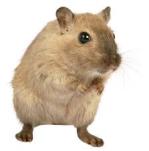
Mouse
Mouse Removal Information & How-To Tips
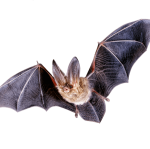
Bat
Bat Removal Information & How-To Tips

Bird
Bird Removal Information & How-To Tips

Snake
Snake Removal Information & How-To Tips

Beaver
Beaver Removal Information & How-To Tips

Mole
Mole Removal Information & How-To Tips
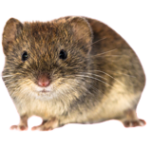
Vole
Vole Removal Information & How-To Tips

Gopher
Gopher Removal Information & How-To Tips
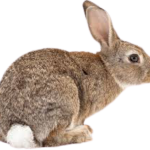
Rabbit
Rabbit Removal Information & How-To Tips

Woodchuck
Woodchuck Removal Information & How-To Tips

Flying Squirrel
Flying Squirrel Removal Information & How-To Tips

Chipmunk
Chipmunk Removal Information & How-To Tips
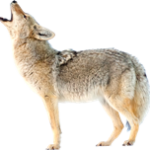
Coyote
Coyote Removal Information & How-To Tips

Fox
Fox Removal Information & How-To Tips

Wild Hog
Wild Hog Removal Information & How-To Tips
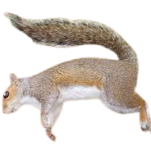
Dead Animal
Dead Animal Removal Information & How-To Tips